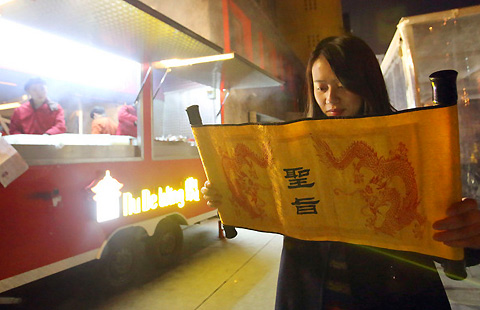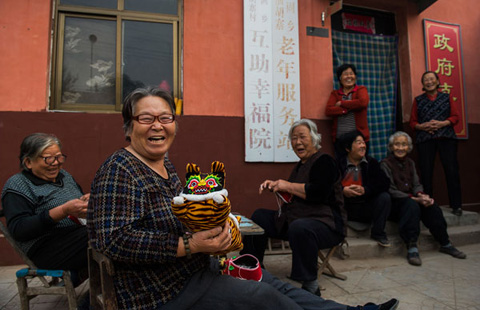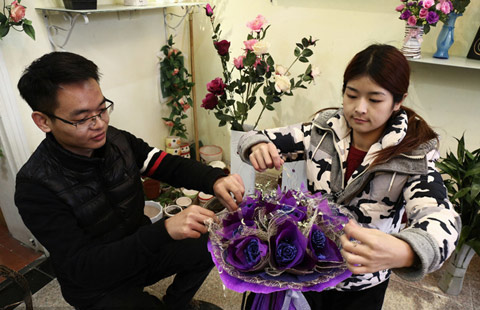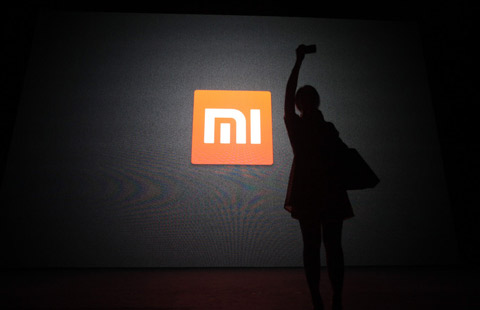New standards set for air purifiers
By Xu Wei and Zheng Jinran (China Daily) Updated: 2014-11-21 08:01
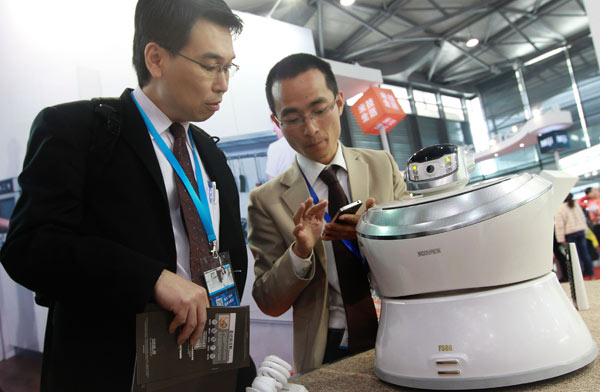 |
|
A salesman (right), shows a visitor how to operate an air purifier using his cellphone at an expo in Shanghai. [Pei Xin / Xinhua] |
A new national standard for air purifiers is set to be unveiled by authorities on Friday to bring order to the country's chaotic purifier market.
The draft national standard, which will be made available for public comment, will include more specific metrics for measuring the performance of air purifiers, including their "clean air delivery rate", or the number of cubic units of air per minute delivered with all particles of a given size removed, the Standardization Administration said in a statement on Thursday.
The country's widespread air pollution problem has given rise to a booming market in air purifiers, with total sales volume reaching 2.4 million units in 2013, Nanfang Daily reported.
However, the Beijing Municipal Bureau of Industry and Commerce said in a report on Oct 29 that the market is chaotic, with many producers and sellers of air purifiers exaggerating the performance of products and deliberately misleading consumers during promotions.
The draft of the new standards also includes indexes that evaluate the service life of purifiers.
In addition, it proposes detailed requirements for the labeling of air purifiers. Producers must mark clearly on the product label both the service life and the volume of space for which it can provide effective filtering, it said.
The draft standard includes performance data for both particles and formaldehyde.
The national standard on air purifiers, enacted in 2002 and last revised in 2008, has failed to keep up with the expectations of the public, said Song Guangsheng, director of the National Indoor Environment and Indoor Environmental Product Quality Supervision Center.
"The previous national standard on indoor air cleaners did not take into consideration the need for consumers to filter PM2.5 or increased frequency of use," he said.
According to a spot check on 20 air purifiers by the Shanghai Bureau of Quality and Technical Supervision in December, only the products of three companies reached their advertised effectiveness or indicated the space in which they would function effectively.
Many producers also failed to keep the country's overall air pollution situation in mind, a technician at a Shanghai manufacturer said, providing only his surname, Shen.
"Some producers are blindly borrowing the technology of producers in other countries and simply ignore the air pollution situation in China," Shen said.
- Cash crunch fans expectation on RRR cut
- US extends antidumping duties on China's thermal paper
- Modern food van with ancient look in Shanghai
- China home prices continue to cool in November
- Asia's top 3 billionaires all Chinese
- Old investment remedy the treatment for China's "new normal"
- China's solar sector opposes US anti-dumping ruling
- BMW to recall 846 cars in China
